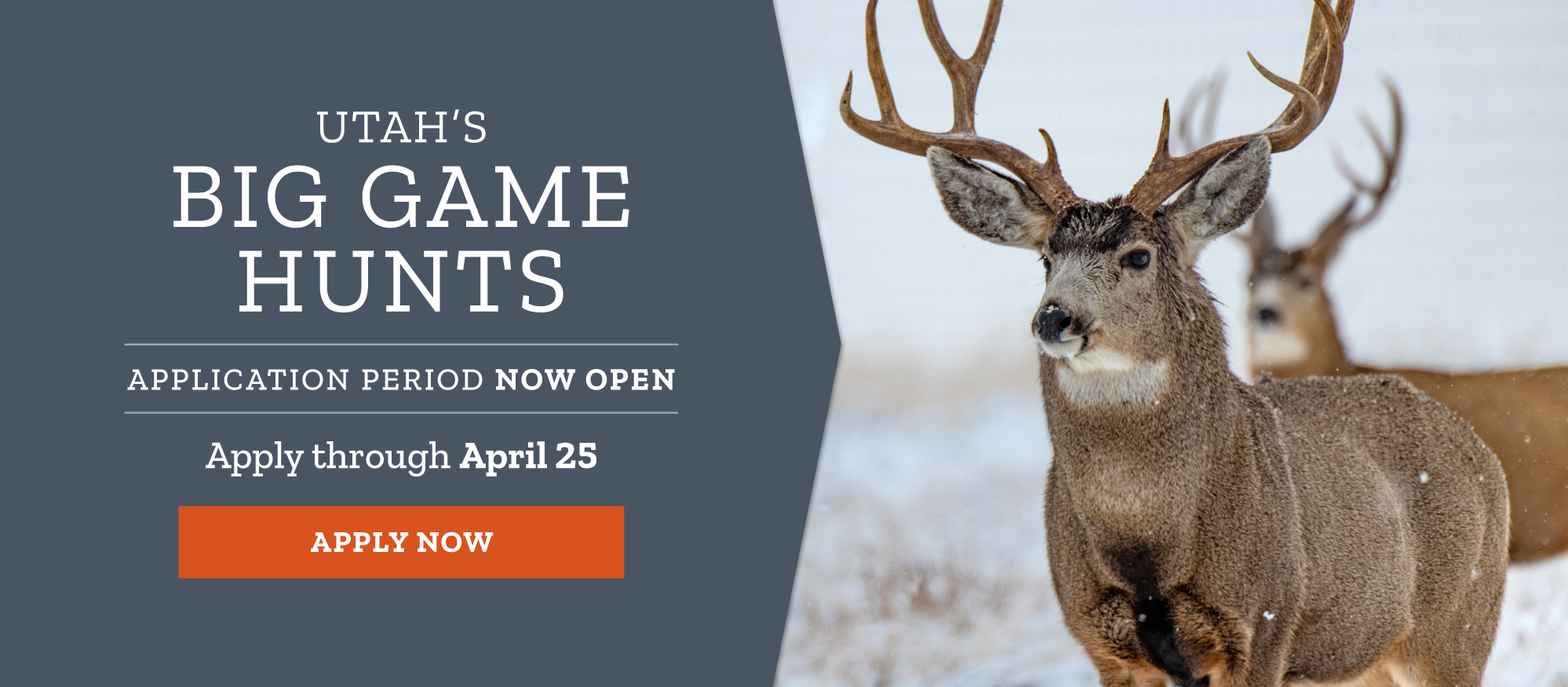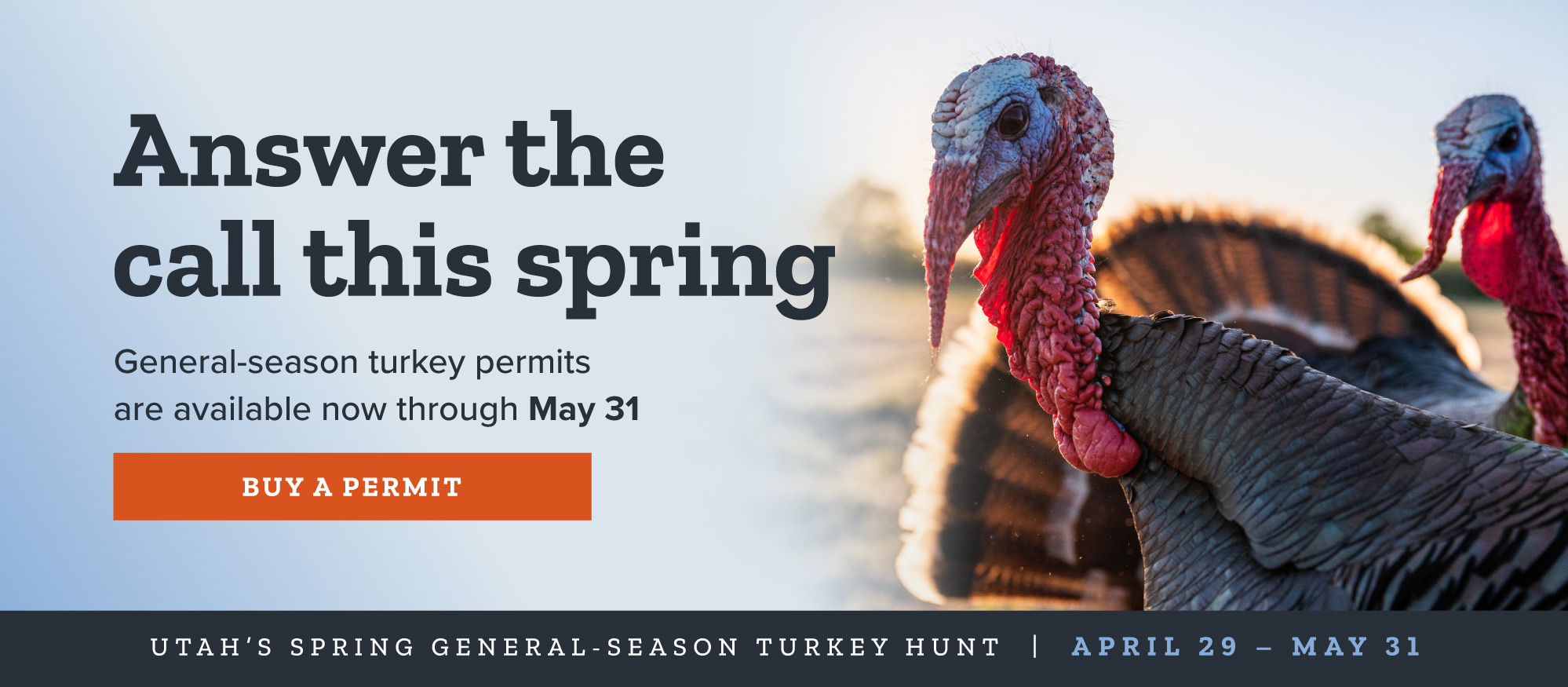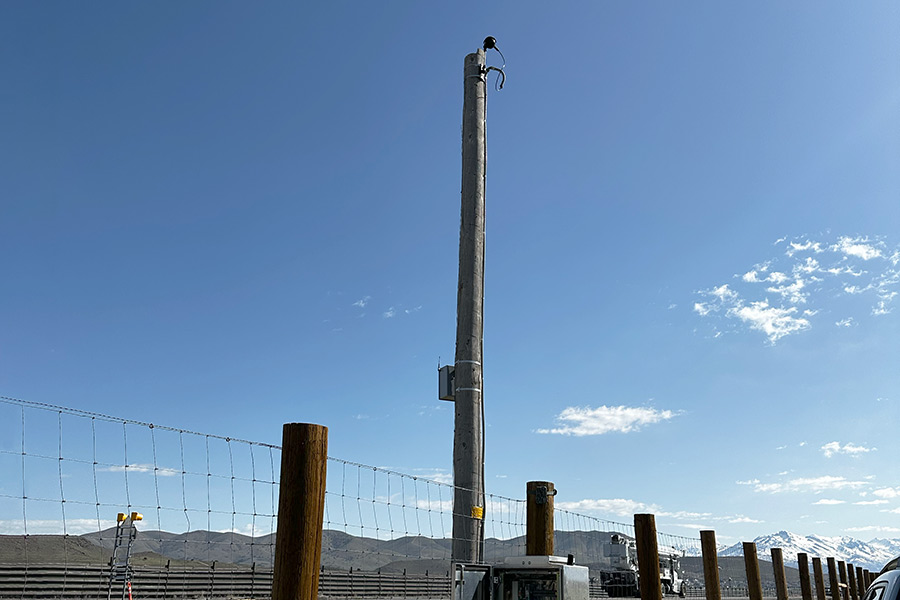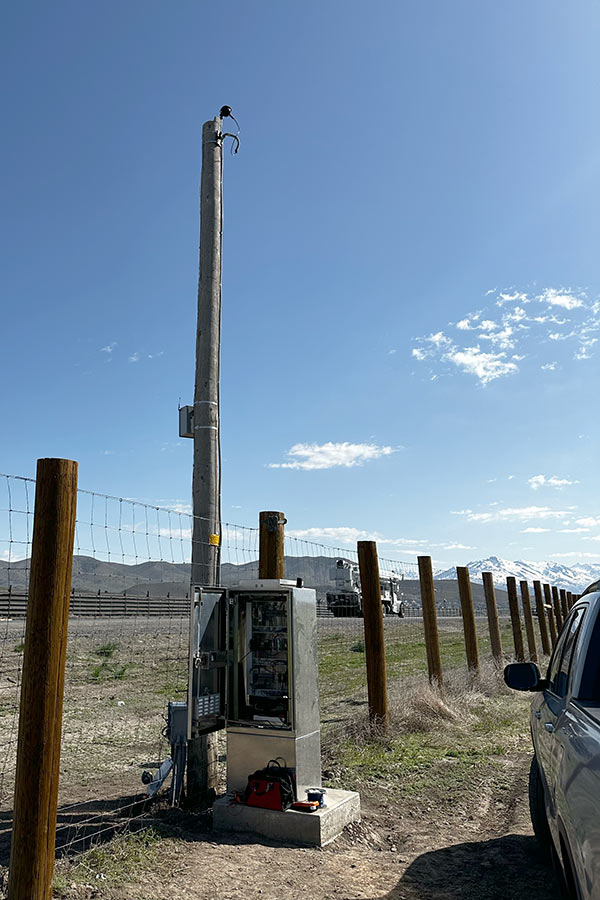DWR, UDOT and other partners complete 7 structures to help wildlife and fish safely migrate across Utah in 2023
Salt Lake City — The Utah Division of Wildlife Resources and Utah Department of Transportation, as well as other partners, are working hard to reduce wildlife/vehicle collisions around the state and to make it easier for wildlife and fish to make important annual migrations. In 2023, the agencies and other partners installed seven different structures that help fish and wildlife migrate safely in various areas throughout Utah.
Utah Wildlife Migration Initiative
The Utah Wildlife Migration Initiative was founded in 2017 to better track and study the migration patterns of different wildlife and fish species in the state and to help them make those important journeys. Most of the data comes from animals wearing GPS tracking devices or from fish tagged with implanted transmitters.
The fish and wildlife structures that assist migration vary and can include:
- Overpasses, which allow wildlife to cross over a roadway.
- Bridges, which allow vehicles to cross over a river or ravine, while wildlife travel underneath the bridge.
- Culverts, which allow wildlife to cross under a roadway — these make up the majority of Utah's wildlife crossings.
- Fences, which prevent wildlife from crossing roadways in certain areas and instead funnel the animals to an overpass or culvert, where they can safely cross a road.
- Various "fish ladders" and other structures in rivers and streams that help fish move up and downstream to meet their life history needs.
- Fish "barriers," which are structures that prevent fish from migrating into areas of rivers that are harmful and don't help them complete their life cycles (or where they may compete with or be preyed on by non-native fish species).
"Utah made history when it completed the first wildlife overpass in the U.S. in 1975 on I-15 near Beaver," DWR Wildlife Impact Analysis Coordinator Nicole Nielson said. "Since then, at least 119 structures have been completed around the state that allow the passage of wildlife and fish. These structures typically take several months to build, depending on the size and weather conditions, and they can take several years of prior planning and collaboration. We are so grateful for the partnerships we have with various state agencies, land management agencies, private landowners and other organizations to implement these important structures for fish and wildlife around the state."
Here are the areas where the DWR and UDOT completed new wildlife-fencing projects in 2023, and where the DWR and other partners installed structures to help fish in Utah:
Central Utah
- Installed over 2 miles of wildlife-exclusion fencing as part of the Eagle Mountain Migration Corridor preservation project between State Route 73 and Camp Williams. This project was completed in November 2023 in coordination with Eagle Mountain City and several conservation groups.
- Installed approximately 1 mile of wildlife-exclusion fencing on I-80 near Kimball Junction. The project was completed in October 2023 in conjunction with UDOT and other conservation groups.
Northern Utah
- Installed approximately 3 miles of wildlife-exclusion fencing on I-15 near Riverside, in conjunction with UDOT and conservation groups. This is part of a larger project that will include 10 miles of wildlife fencing that will be completed in spring 2024.
- Installed wildlife-exclusion fencing on U.S. 89 in Davis and Weber counties, as part of a larger construction project in the area.
Southern Utah
- Constructed a fish passage barrier on Pleasant Creek, located on the east slope of Boulder Mountain in Garfield County. This barrier will protect native Colorado River cutthroat trout from non-native brook trout. Funded by Utah's Habitat Council, this project will also aid in the future restoration of native cutthroat trout in upper Pleasant Creek.
- Reconstructed a fish passage barrier in Upper Kanab Creek, a tributary of the East Fork Sevier River in Kane County. (It was damaged by flooding after the Left Fork Fire in 2022.) This barrier was originally constructed to protect native fish species — including Bonneville cutthroat trout and southern leatherside chub — from non-native brown and brook trout. This reconstruction project was funded by the state of Utah and the U.S. Forest Service.
Southeastern Utah
- The Gigliotti Diversion Dam was removed on the Price River to allow bluehead sucker and Colorado River cutthroat trout to access important rearing habitat upstream. This project was completed April 2023 and had several partners, including Trout Unlimited, Helper City and the U.S. Fish and Wildlife Service.
"We are really excited about the grants that we have been able to secure to establish more wildlife crossings across Utah in conjunction with the migration data provided by the DWR," UDOT Natural Resource Manager Matt Howard said. "We've learned a lot about these funding processes and are hopeful that we can continue to obtain the necessary funding to implement additional wildlife structures across the state to keep wildlife and drivers safe."
Upcoming projects
UDOT has secured funding for some upcoming projects, as well. Here's a look at a couple of those:
- In December 2023, the Wildlife Crossings Pilot Program awarded UDOT $5 million — in addition to the $400,000 that conservation groups had contributed to DWR through external conservation permit funding — for the construction of additional wildlife underpasses and fencing along US-89 near Kanab. Work on the project will begin this year, with construction tentatively scheduled for 2025.
- Replacing and expanding wildlife fencing in the area surrounding Echo Junction, near the intersection of I-80 and I-84 in Summit County. This is the first phase of the project and will take place this year.
- The DWR partnered with UDOT to conduct a study in 2023 that analyzed the feasibility of wildlife crossings and fencing along Highway 40 in Duchesne and Wasatch counties. The partners are working to apply for funding for future potential projects in this area.
Visit the DWR website to learn more about how these wildlife solutions are funded and listen to the DWR Wild podcast to learn how the locations are selected.


















